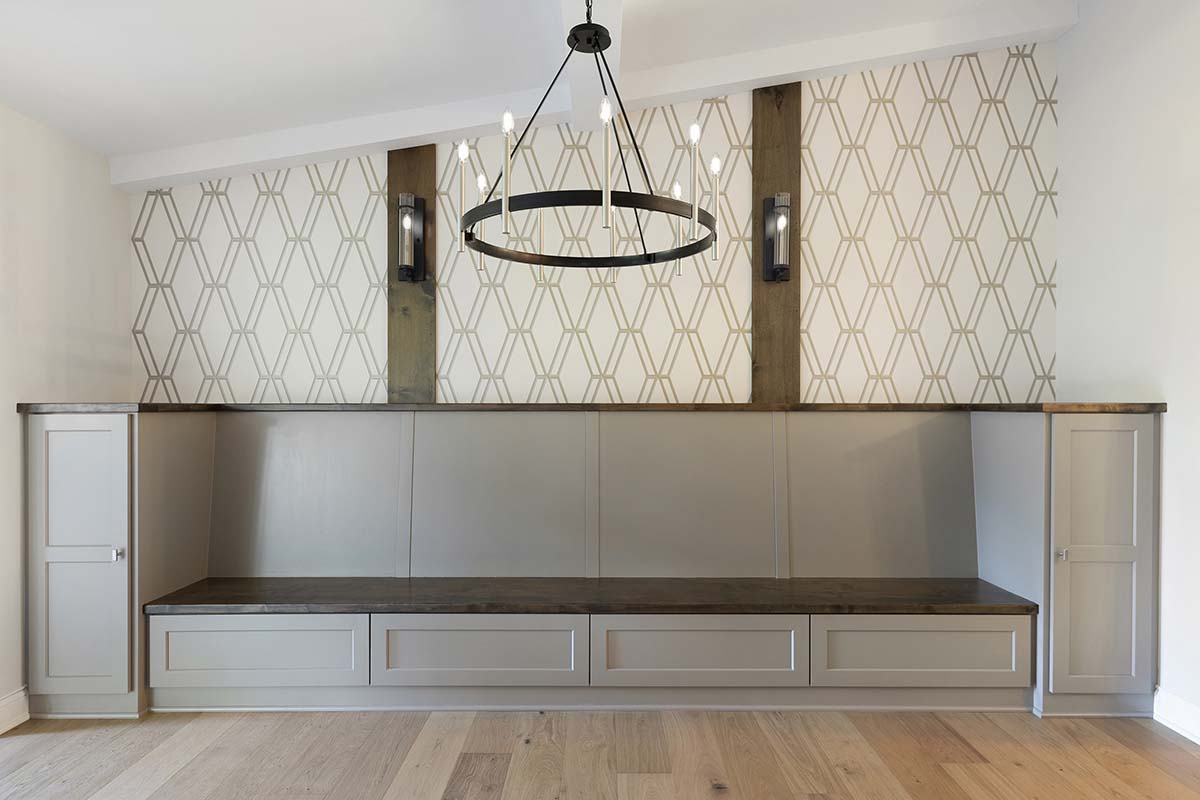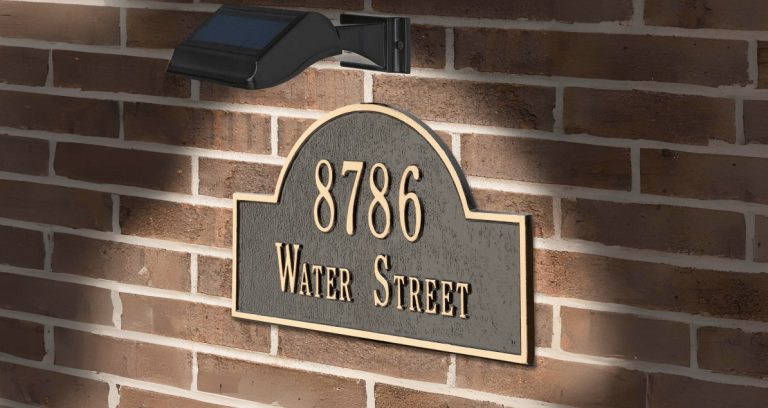Home improvement projects are often exciting but can also be costly endeavors. Whether you’re remodeling your kitchen, refreshing a tired bathroom, or redecorating your living room, sticking to a budget is essential to avoid overspending. The good news is that you don’t have to break the bank to achieve a stylish, functional, and comfortable home. With careful planning, creativity, and a strategic approach, you can make significant improvements to your space without draining your savings. In this article, we’ll share 10 budget-friendly tips that can help you maximize your home improvement potential while keeping costs under control.
1. Plan Ahead and Set a Realistic Budget
The first step in any home improvement project is planning. Before you even think about purchasing materials or hiring contractors, take the time to outline your goals and prioritize your needs. Break down the project into smaller tasks and estimate the costs associated with each. It’s crucial to set a realistic budget that includes a buffer for unexpected expenses—typically 10-15% of the total budget. This way, you’re not caught off guard by hidden costs as the project progresses. Detailed planning will allow you to identify areas where you can save and ensure that you stay on track throughout the process.
2. Do It Yourself (DIY) Where Possible
One of the best ways to save money on home improvement projects is to take a DIY approach where possible. Tasks like painting, installing wallpaper, tiling a backsplash, or building shelves are often straightforward enough for most people to tackle themselves with the right tools and instructions. DIY can save you significant labor costs, but be realistic about your skills and knowledge. If a task requires specialized knowledge or equipment (like electrical or plumbing work), it’s best to hire a professional. However, for less complex tasks, you can find a wealth of tutorials and instructional videos online to help guide your efforts.
3. Shop Smart for Materials and Furniture
When it comes to home improvement, the cost of materials and furniture can quickly add up. However, savvy shopping can make a huge difference. Start by comparing prices from various retailers—don’t settle for the first option you find. Visit discount stores, clearance sections, and online marketplaces like Craigslist, Facebook Marketplace, or OfferUp for secondhand or gently used furniture and home improvement supplies. You may be able to find high-quality items at a fraction of the cost. Additionally, consider buying in bulk for projects like painting or flooring to take advantage of discounts and save on per-unit prices.
4. Repurpose and Upcycle Existing Items
Instead of discarding old furniture or fixtures, consider giving them new life through repurposing or upcycling. A fresh coat of paint or new hardware can completely transform cabinets, dressers, and tables. If you’re feeling creative, consider turning an old wooden ladder into a bookshelf, or repurposing doors into a headboard for your bed. Upcycling not only saves you money but also adds a unique and personalized touch to your home. Plus, it’s an environmentally friendly way to refresh your space without contributing to unnecessary waste.
5. Focus on Curb Appeal
Improving your home’s exterior doesn’t always require major renovations. Simple, cost-effective upgrades can have a dramatic impact on the curb appeal of your home, increasing its value and making a great first impression. Start by giving the front door a fresh coat of paint, adding new hardware, or updating your house numbers with a modern design. Trim overgrown bushes, clean up the lawn, and plant a few low-maintenance shrubs or flowers to enhance the look of your garden. These small updates can help elevate the exterior of your home without spending a fortune.
6. Prioritize High-Impact Areas
If you’re on a tight budget, focus on areas of the home that will provide the highest return on investment or the most immediate impact. Kitchens and bathrooms are often considered the most important rooms in a home, and updating these spaces can yield the greatest results. For example, instead of a full kitchen remodel, you could simply replace outdated hardware, install a new backsplash, or repaint cabinets to give the space a fresh look. In bathrooms, replacing faucets, mirrors, or lighting fixtures can make a big difference without the need for expensive overhauls. By targeting high-impact areas, you can achieve a noticeable transformation while staying within budget.
7. Take Advantage of Seasonal Sales and Discounts
Timing your purchases can play a significant role in reducing costs. Many home improvement retailers offer seasonal sales, discounts, and promotions throughout the year, especially during holidays like Memorial Day, Labor Day, or Black Friday. Take advantage of these sales to purchase large-ticket items like furniture, appliances, and flooring at a discounted rate. Additionally, many online retailers offer flash sales or clearance events, where you can snag items for a fraction of the original price. With a little patience, you can wait for the right deals to get the best value for your money.
8. Hire Contractors Wisely
If your project requires professional help, be sure to hire contractors wisely. While it might be tempting to go with the lowest bid, it’s essential to consider the quality of work, reliability, and reputation of the contractor. Sometimes, spending a little more on an experienced professional can save you money in the long run, as they are less likely to make costly mistakes or need to redo work. Get multiple quotes and check references before making a decision. Additionally, consider hiring contractors during off-peak seasons when they may be offering lower rates due to decreased demand.
9. Use Paint to Transform Your Space
One of the most cost-effective ways to update your home is with a fresh coat of paint. Whether you’re painting walls, cabinets, trim, or even furniture, paint can completely alter the look and feel of a room. Choose neutral shades to make spaces feel larger and brighter or use bold colors to create a statement. You can also paint accent walls to add depth and interest to a room without the need for expensive renovations. If you’re working with existing furniture, consider repainting old pieces to match your new decor and give them a fresh, updated look.
10. Embrace Open Shelving and Simple Storage Solutions
Instead of investing in expensive cabinetry or built-in storage, consider opting for open shelving or more affordable storage solutions. Open shelving can create an airy, open feel and offers an opportunity to display decorative items, plants, or kitchenware. For storage, think creatively: baskets, crates, or inexpensive storage bins can be used to keep things organized while adding a touch of charm. You can also repurpose old furniture—like an old chest of drawers—into new storage options for your bedroom, living room, or hallway.
Conclusion
Home improvement doesn’t have to come with a hefty price tag. By planning ahead, doing some tasks yourself, and being strategic about your purchases, you can achieve a beautiful and functional home on a budget. Remember that a little creativity, resourcefulness, and patience can go a long way in transforming your space without overspending. Whether you’re tackling a small DIY project or refreshing an entire room, these 10 tips will help you make smarter, more budget-conscious decisions and create a home you love without breaking the bank.















